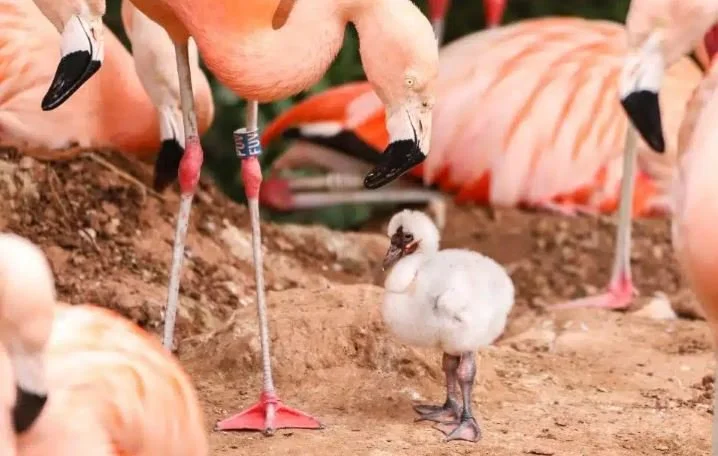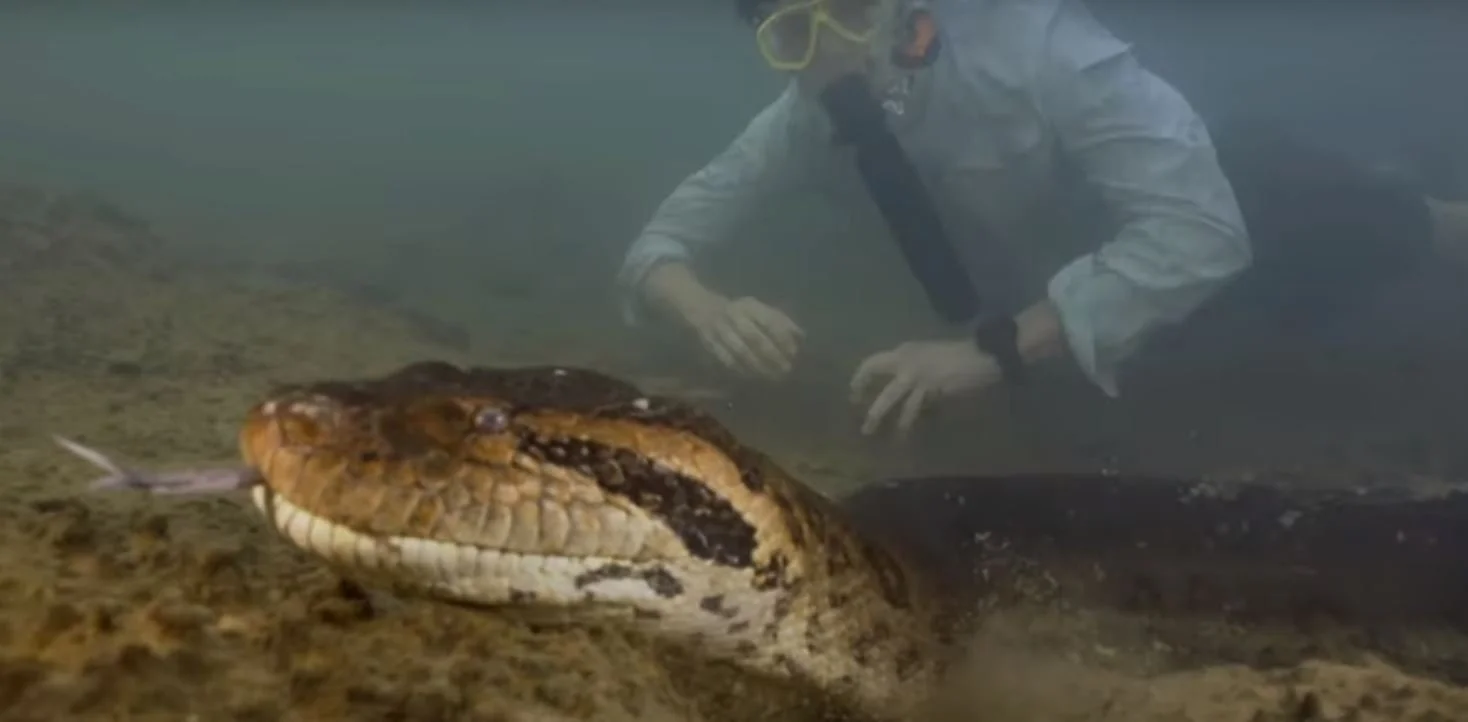Australian Sea Lions Film the Ocean Floor With Their Little Cameras
Marine scientists in Australia have deployed eight sea lions to film the seafloor and map the remote, aquatic ecosystems around Kangaroo and Olive Islands. The deep diving animals captured a lot of cool footage while the scientists published their work in Frontiers in Marine Science.
“For most of the ocean, we don’t know what the bottom looks like,” lead author Nathan Angelakis tells the New York Times. Scientists usually use remote-controlled vehicles and cameras towed by underwater vessels to map the deep seabed, but that method is difficult and expensive. So Angelakis and colleagues found eight sea lions and equipped them with cameras to record their deepsea hunts.
Australian sea lions (Neophoca cinerea) are benthic predators, which means they do a lot of their predating near the ocean floor at depths of 300 feet or more. The scientists found eight local specimens, sedated them, then affixed small cameras and tracking devices to their backs. (Four of the deepsea swimmers had been given names by local tour guides: Daphne, Phoebe, Iris, and Pasithea.)
After just a few days, the octet made more than 1,900 dives, capturing 89 hours of video across 5,000 square kilometers of the ocean floor. The habitat includes undersea meadows of leafy seaweeds and craggy rocks covered in coral.
Some of the more thrilling scenes were captured by Daphne. “She was taking her pup out to sea,” Angelakis says, “and that’s the first direct evidence that we’ve collected of Australian sea lion mothers teaching or passing on their foraging skills to their pups.”
Besides the fascinating underwater footage, the sea lions also gathered GPS data and other information, such as surface temperature and the amount of plant matter in the water. The scientists can use the data to inform conservation measures for the habitat, which would benefit all the undersea faunae, including the benthic predators with cameras.
Photo credit: Bioempatia Ambiental via Facebook







